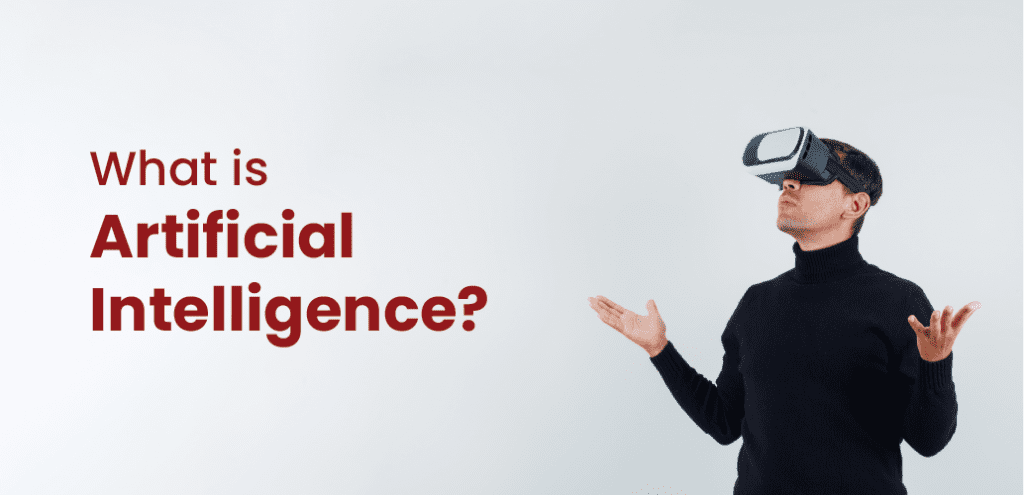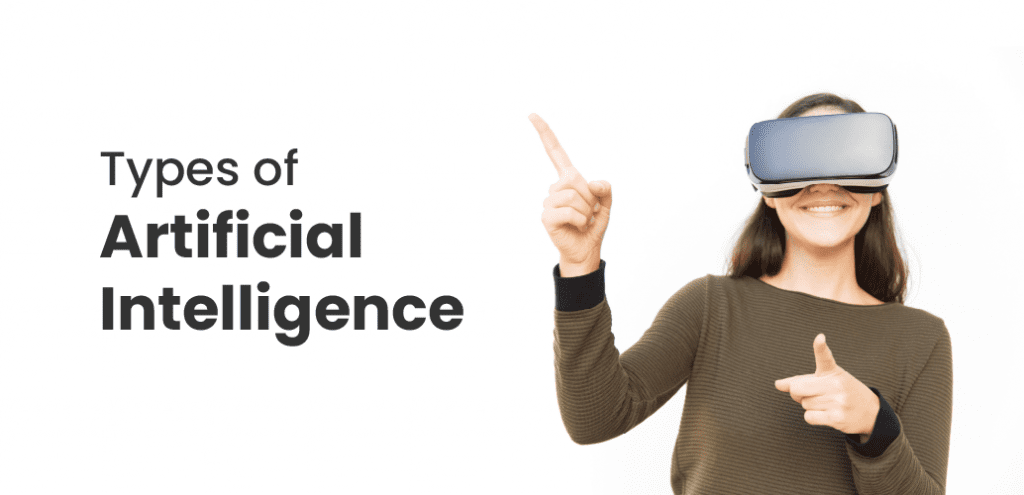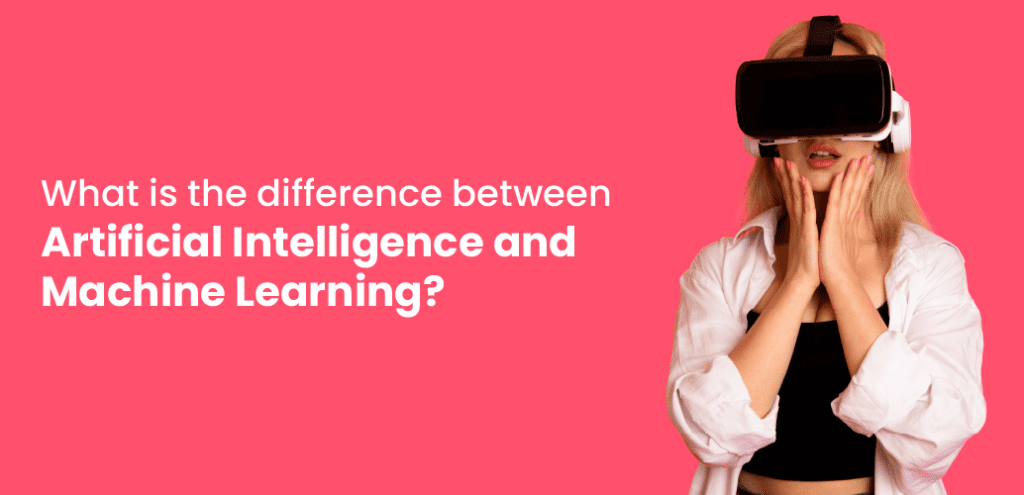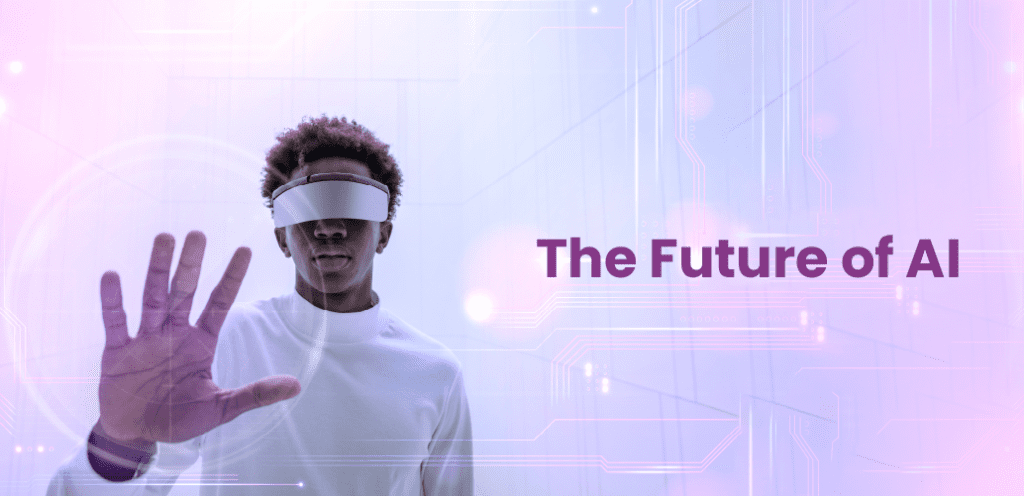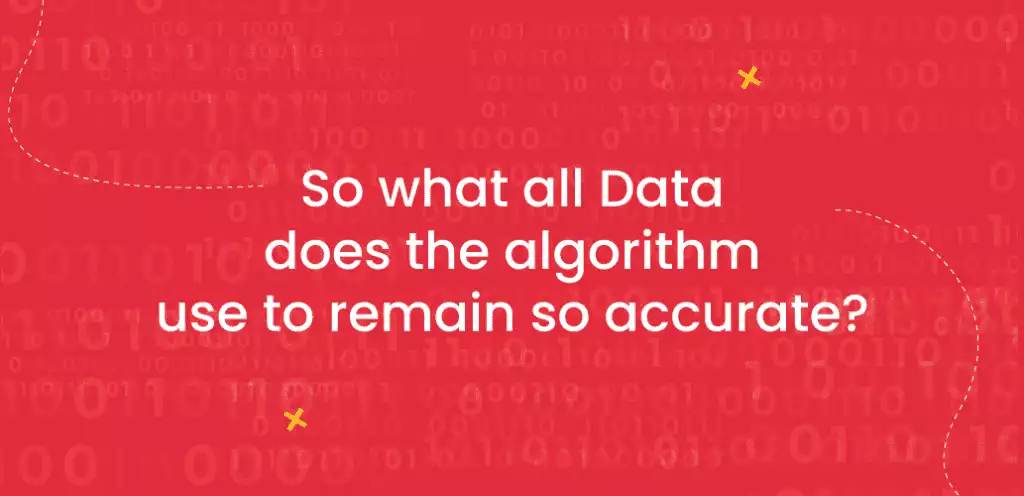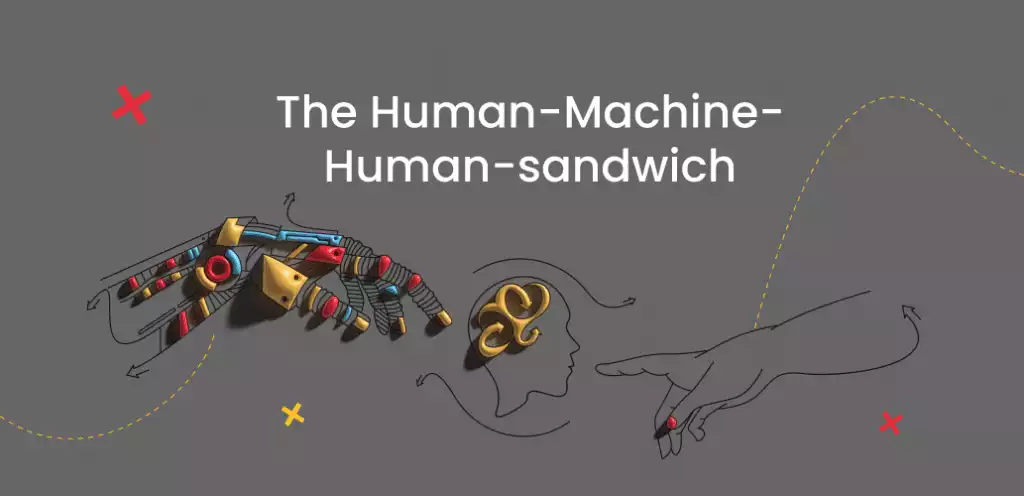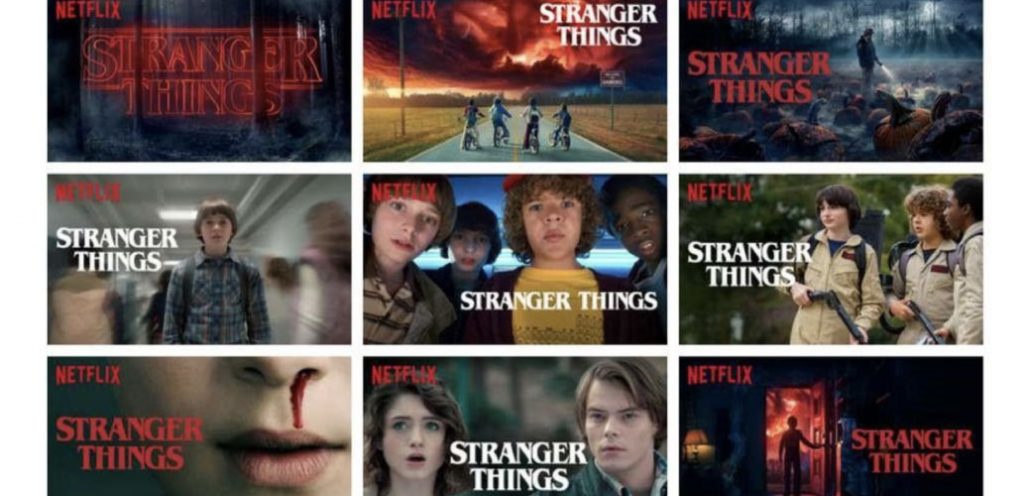But first, what is Machine Learning?
Machine Learning is a subset of Artificial Intelligence that deals with teaching machines to think like humans. According to famed computer scientist, Arthur Samuel, it gives computers the ability to grasp things without the use of heavy programming. One could also call it the subset of Computer Science that teaches machines to program themselves.
It’s not plain old programming though. In Traditional Programming, data and programs are run on the computer to produce the desired output. Machine Learning works differently. Here, the data and the desired output are run on the computer to create a program which can automate a number of tasks.
But once a machine knows how to behave and work around different kinds of situations, the real-world implications are boundless! It is this trait which makes Machine Learning one of the most in-demand skills of the 21st century.
What is the difference between AI and ML?
Many people tend to use the terms Artificial Intelligence and Machine Learning interchangeably. Although Artificial Intelligence and Machine Learning are closely related, there are significant differences between the two. Artificial Intelligence is a technology that mimics human intelligence and behaviour. Machine Learning is a subset of AI which uses past data to find patterns and program itself to make predictions and respond to those patterns.
Artificial Intelligence makes use of Machine Learning to simulate human thinking. Machine Learning relies on data to complete specific tasks, while modifying itself to improve the accuracy of the results.
How do Machine Learning Algorithms work?
And here we come to the crux of the matter – how does one teach machines to think?
As we mentioned earlier, in a word, data.
By feeding machines with reliable data, one can train them to draw meaningful insights and perform tasks. The step-by-step way of implementing a Machine Learning model is:
- Collecting data from reliable sources
- Cleaning data by removing unwanted/missing values, formatting them and splitting them into test data and training data
- Choosing a Machine Learning model (explained further below)
- Training the model by analysing the patterns and making predictions based on training data (from Step 2)
- Assessing the Machine Learning model with test data (from Step 2)
- Tuning the model parameters to improve its accuracy
- Using the model on unseen data
Machine Learning Engineers make use of programming languages like Python to execute the above steps.
Now that you have a basic understanding of how Machine Learning works, let us take a closer look at the different types of Machine Learning models.
What are the 3 main types of ML models?
The 3 types of Machine Learning models are:
- Supervised Learning
As the name suggests, supervised learning is when a Machine Learning algorithm or a Machine Learning model learns with the help of a supervisor. This means, there is a feedback system that explains the model whether or not it is working correctly.
Let us understand this with an example. One of the most basic ML algorithms is the image classification model, which distinguishes between whether an image is that of a cat or a dog. If the model guesses correctly, then the supervising entity has nothing to do. But if the model guesses incorrectly, then the Machine Learning Engineer has to tweak the parameters so that it works properly. A more complex example is to do sentiment analysis on a piece of text like a user’s tweets. Such a model will try to understand whether the user (or a customer) is happy with an experience.
Supervised learning algorithms are further divided into supervised classification algorithms and regression algorithms. We will explore ML classification algorithm and regression algorithm in depth in our subsequent blogs. - Unsupervised Learning
In the above examples, the data is labelled. In unsupervised learning, the input data for a model is unlabelled and the model has to recognise patterns in the same. For example, the demographic of customers that is likely to buy a particular product. A store may not always collect all the inputs, like age group, but based on other purchases, the model has to make an estimate and classify the user accordingly. - Reinforcement Learning
In a reinforcement learning model, the machine/agent to begin with understands two things – positive feedback and negative feedback. Then the agent interacts with the environment and checks the kind of feedback it has received and makes adjustments. A simple example for Reinforcement Learning would be a product recommendation system, where the model recommends a product to a customer and based on the feedback from the customer fine-tunes its recommendations.
What are some Machine Learning applications?
Machine Learning is already everywhere, and its applications in the real world are increasing by the day. Some of the popular Machine Learning applications include:
- Image recognition
One of the most well-known uses of Machine Learning is in social media applications which suggests users which friends to tag in which photos. Social media also makes use of other aspects of Machine Learning to suggest pages and accounts to follow and more! - Speech recognition
With the advent of Siri, Alexa, Cortana and Google Assistant, speech recognition has become an everyday part of our lives. Here, these virtual assistants use Machine Learning models to follow commands based on voice instructions. - Traffic prediction
Considering how rapidly the infrastructure of cities is changing, traffic prediction has become one of the essential applications of Machine Learning. By analysing the patterns of traffic on a daily basis, systems (like Google Maps) are able to accurately predict traffic at any given point on a route. - Email & Spam filtering
This application of Machine Learning is something you must have already observed. The filters in our email can mark mails as important/not important/promotional/social/spam and even blacklists. - Medical Diagnosis
Machine Learning can also be used for diagnosing diseases, including charting the position of lesions in the brain. In fact, one of our projects in the Artificial Intelligence & Machine Learning certification course is on melanoma detection.
These are just the tip of the iceberg. There are several uses of ML that are cropping up every day.
Conclusion
It’s clear that Machine Learning is one of the most exciting fields today. Every day new breakthroughs are being made in this field unlocking new opportunities for organisations. If you want to pick up these job-ready skills, check out our Artificial Intelligence & Machine Learning certification course which teaches you basics to advanced concepts from industry experts and covers 8 hands-on projects.
What are some other topics you’d like us to cover on Machine Learning? Let us know in the thoughts below.







